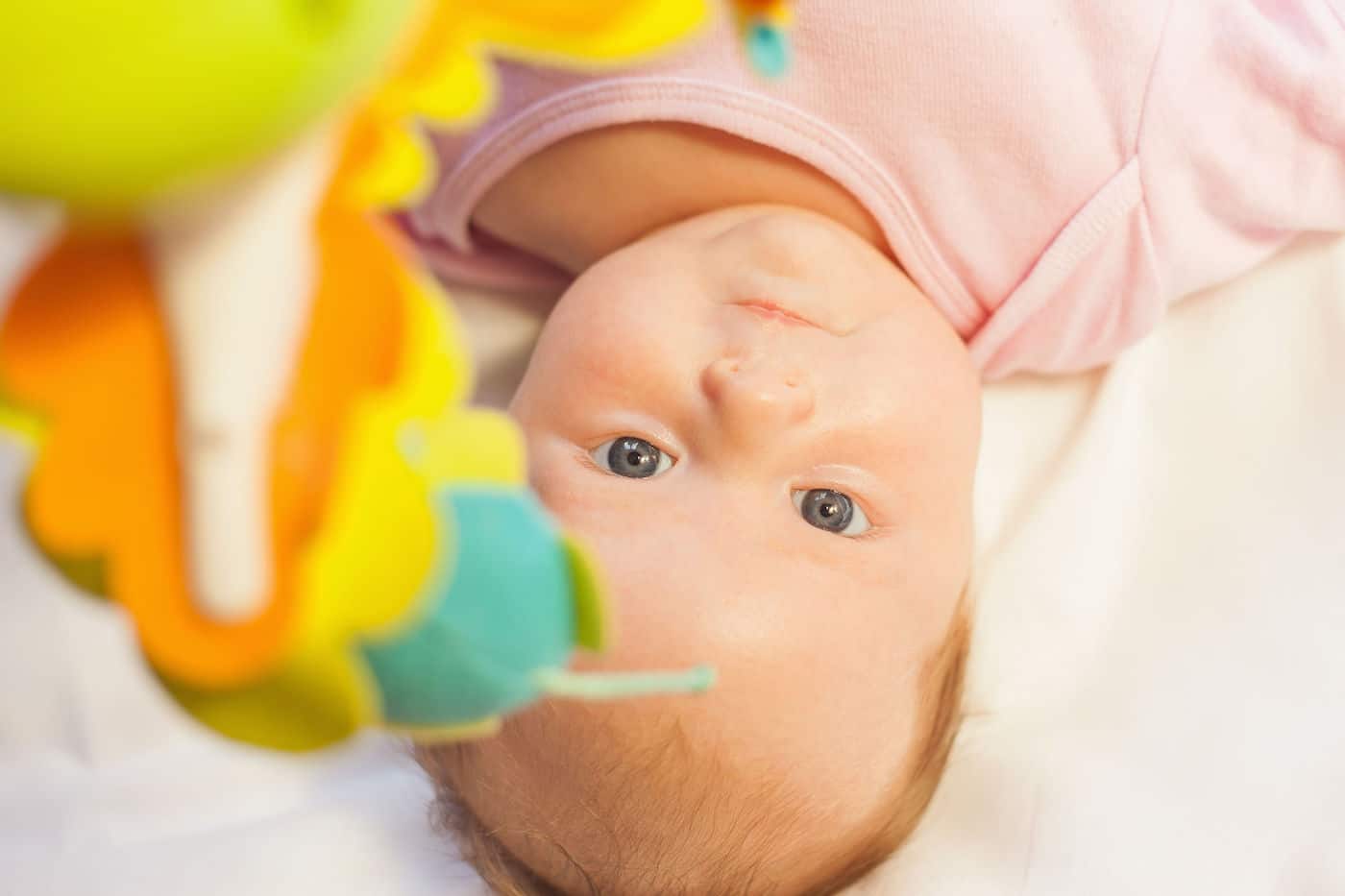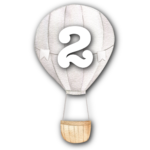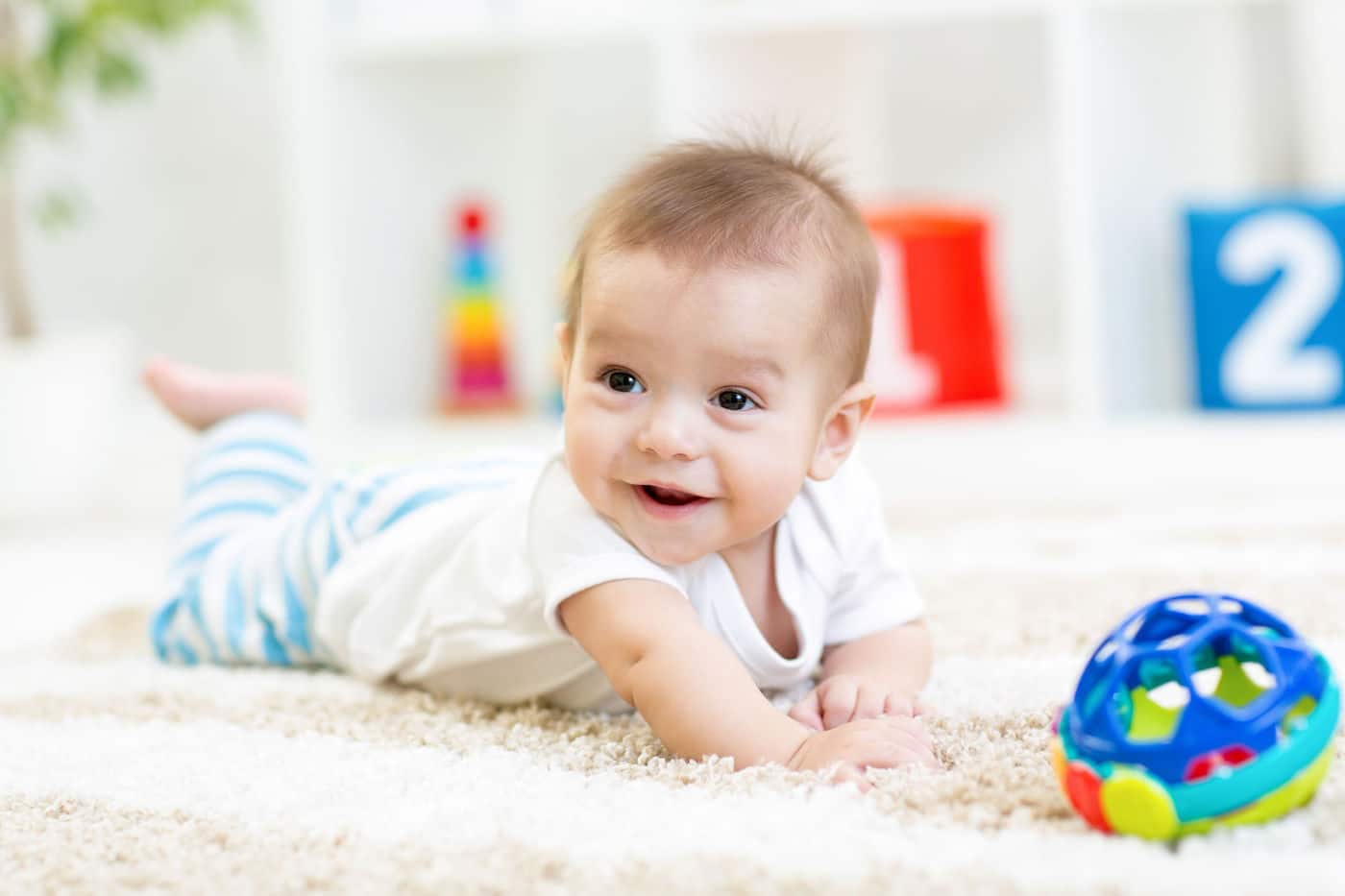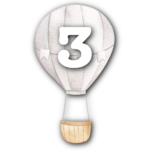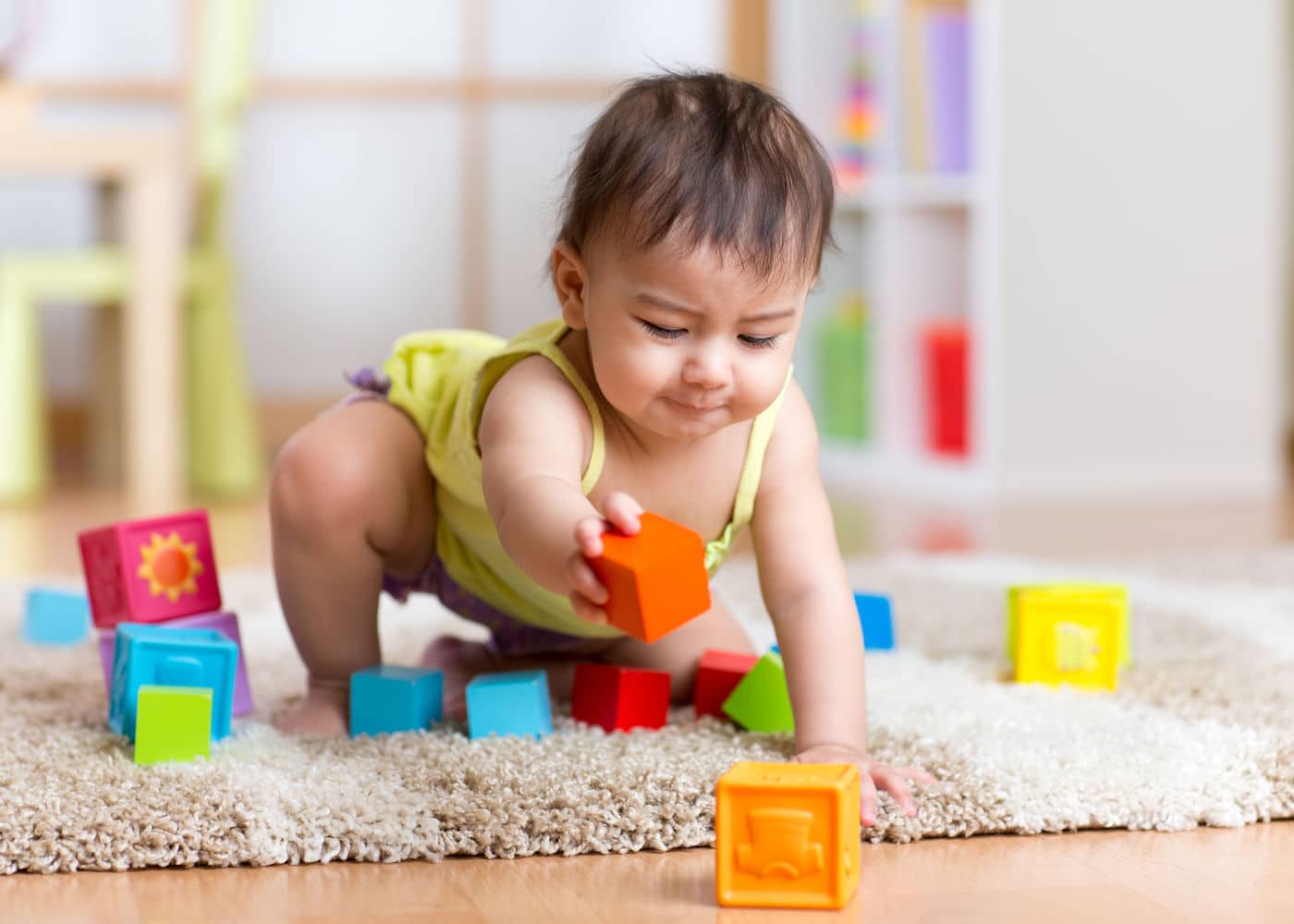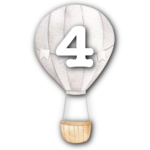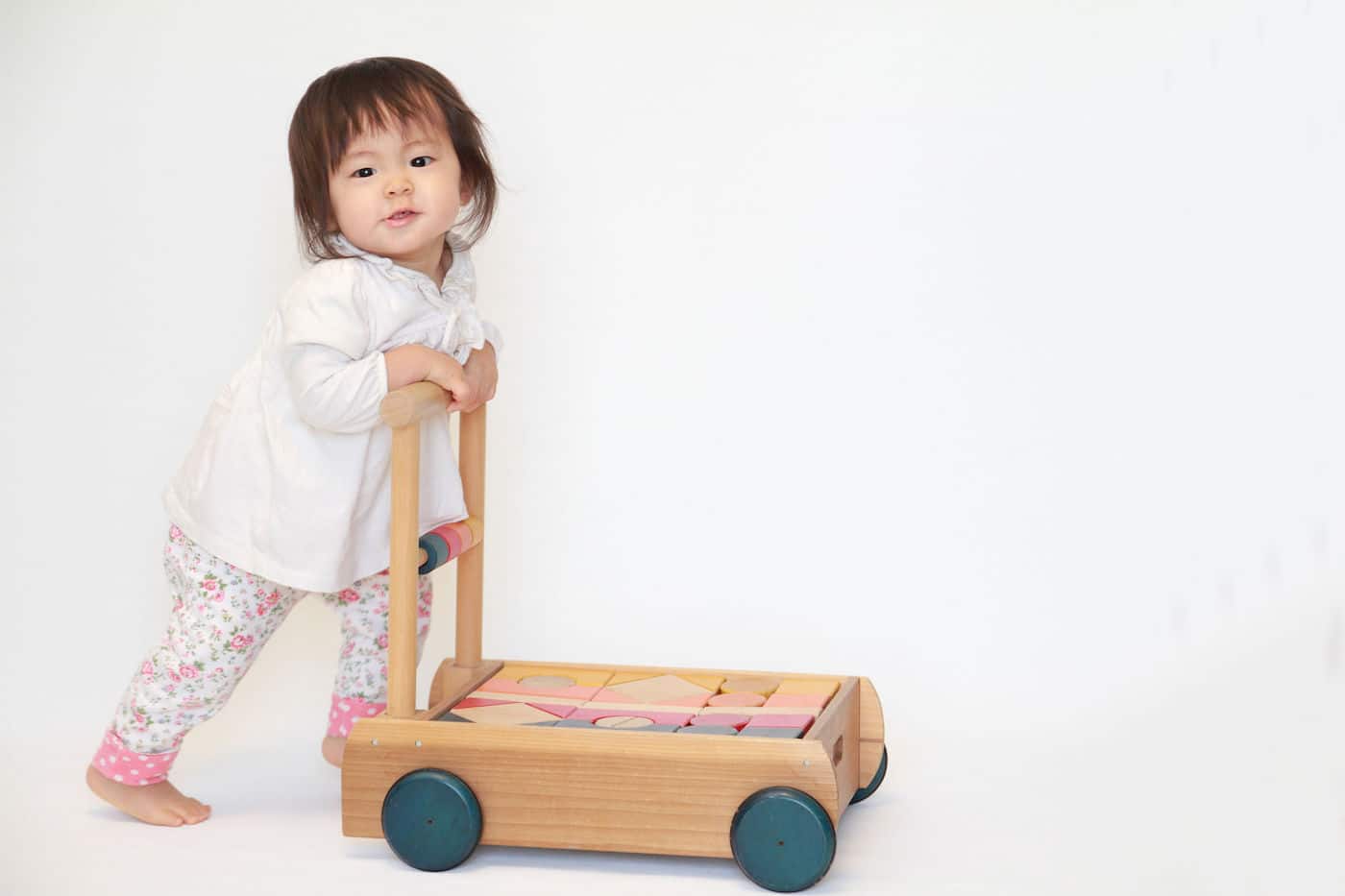Babies use their senses to explore the environment.
They learn through touch, sight, sound, smell, and taste.
To help them develop to their full potential, we can engage them with a variety of materials that stimulate all their senses.
Materials include sound-producing toys, objects of different textures, objects with contrasting colours etc.


